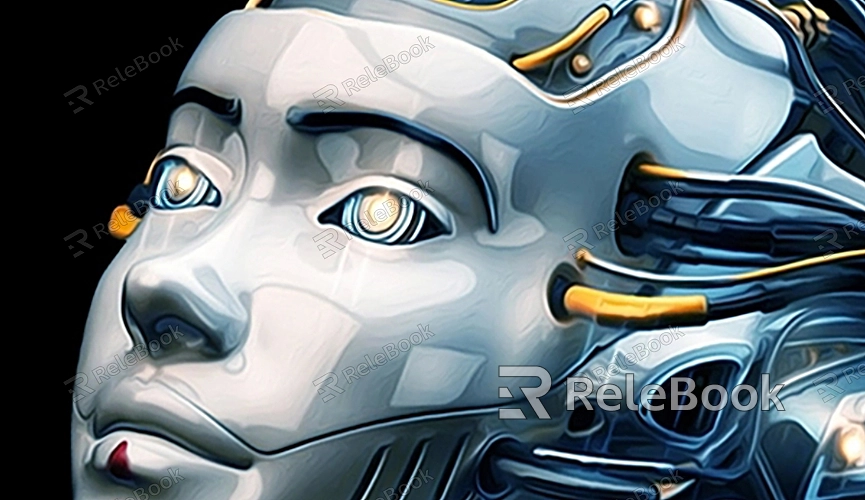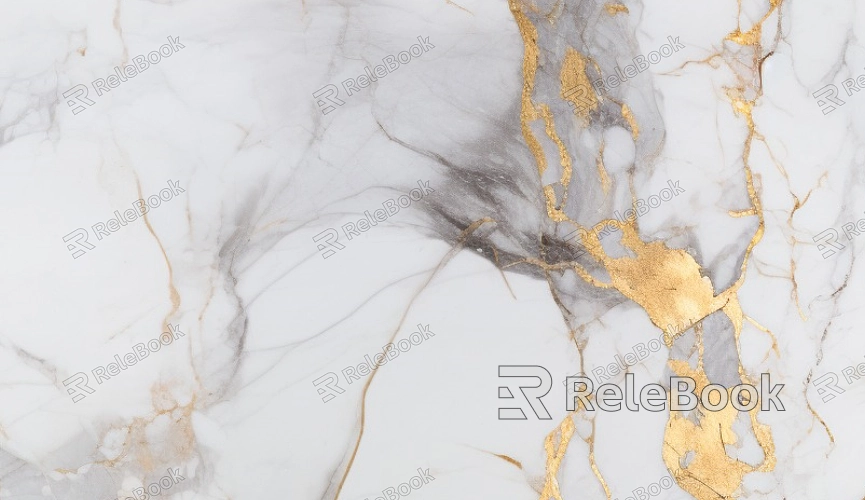How to Make 3D Textures in Unreal Engine
Whether you're creating game scenes, virtual reality projects, or high-quality animations, the texture quality plays a crucial role in the final visual outcome. Unreal Engine, as a powerful real-time rendering engine, holds high standards for texture processing and presentation. As such, mastering the techniques for creating 3D textures in Unreal Engine is essential for every designer. In this article, I will share my experience and provide a detailed guide on how to create 3D textures in Unreal, covering everything from basic texture creation to advanced processing techniques.

Choosing the Right 3D Texture Source
The first step in creating 3D textures is selecting an appropriate texture source. Textures are the foundation of the 3D model's appearance, and they can be obtained in several ways, such as taking photographs from the real world, using texture libraries, or creating custom textures.
Photographs: You can capture high-resolution photos of real-world textures, such as stone walls, wood, fabrics, etc. These textures not only add realism but also bring detailed nuances to the model.
Texture Libraries: Many online libraries offer both free and paid high-quality textures. Libraries like Texture Haven, Quixel Megascans, and others provide an extensive selection of textures that can be directly applied to Unreal Engine, saving you a lot of time.
Custom Painting: Sometimes, you may need unique textures or wish to modify existing ones. In such cases, graphic editing tools like Photoshop or Substance Painter are commonly used to handcraft and refine textures.
Processing Textures for Unreal Engine
Once you've selected your texture materials, the next step is to process them to suit Unreal Engine’s requirements. This usually involves adjusting the resolution, cropping, removing unnecessary elements, and converting the texture format.
Resolution Adjustment: High-resolution textures offer finer details but come at the cost of rendering performance. Depending on the project, it's important to choose a resolution that fits, typically ranging from 512x512 to 2048x2048.
Cropping and Removing Elements: Depending on the model’s needs, you may want to crop out irrelevant parts of the texture, such as text or logos, or zoom in on specific areas.
Format Conversion: Unreal Engine supports several texture formats, with PNG, JPG, and TGA being the most common. For textures with transparency, TGA or PNG formats are preferred.
Importing Textures into Unreal Engine
After processing the textures, the next step is to import them into Unreal Engine and apply them to your 3D model. Importing textures into Unreal is a straightforward process.
Importing Textures: In Unreal Editor, go to the Content Browser, select the folder where you want to import the texture, and right-click to choose "Import to /Game".
Adjusting Texture Settings: Once imported, you’ll need to fine-tune the texture settings to ensure it displays correctly in the engine. For example, enable MipMaps to optimize the appearance of textures at a distance, and adjust filtering modes and compression settings.

Creating Materials and Applying Textures to Models
Once textures are imported, the next step is to create materials and apply them to your 3D models. Unreal’s material editor is extremely powerful, allowing you to create complex material effects.
Creating Materials: Right-click in the Content Browser and select "Material", then double-click the newly created material file to open the Material Editor.
Connecting Textures: In the Material Editor, drag and drop your imported textures and connect them to the appropriate input nodes. For example, connect the diffuse texture to the Base Color, or connect a normal map texture to the Normal input.
Advanced Effects: To add more depth and realism to the material, you can layer additional textures and effects. Use Specular, Roughness, Normal Map, Height Map, and others to create a variety of surface effects under different lighting conditions.
Adjusting Lighting and Reflection Effects
In Unreal Engine, lighting and reflections significantly impact how textures are displayed. It’s important to tweak these settings to ensure that textures are rendered in their best light.
Light Source Settings: Adjust the light sources in your scene to make sure the textures look good under various lighting conditions. You can fine-tune light intensity, color, and shadow effects to simulate different environmental lighting.
Reflections and Ambient Light: Reflection and ambient lighting have a big influence on how textures appear. For materials like metals, high-quality reflections are essential, while non-metallic surfaces like wood or stone require less reflection.
Optimizing Texture Performance
While high-quality textures can greatly enhance visual appeal, they can also reduce performance if not optimized properly. Optimizing textures is key to maintaining render efficiency and a smooth user experience.
Lowering Texture Resolution: For distant objects or smaller items, consider using lower-resolution textures to improve rendering performance.
Using MipMapping: MipMaps automatically adjust the texture resolution based on the distance from the camera, reducing computational load. Efficient use of MipMaps improves both performance and texture quality.
Texture Compression: When importing textures, you can choose the appropriate compression method to reduce file size and lighten the GPU load.
By following these steps, I hope you now have a solid understanding of how to create 3D textures in Unreal Engine. Whether you’re working on game development, virtual reality, or film and animation, textures play a pivotal role in the visual quality of your projects. Mastering these fundamental techniques will not only improve your workflow but also help you produce more realistic and detailed 3D works.
If you’re looking for high-quality 3D texture resources, SketchUp models, or 3ds Max models for your virtual scenes and projects, Relebook offers a wide variety of options to help you achieve exceptional visual effects in your work.

